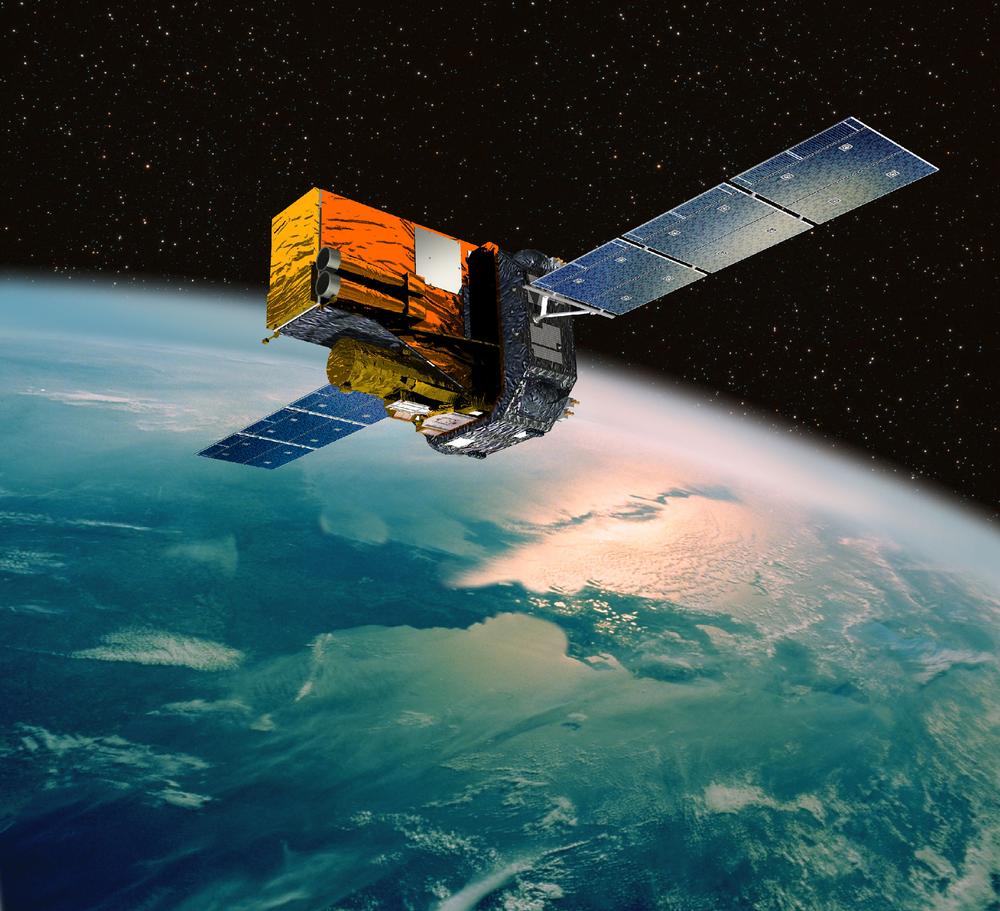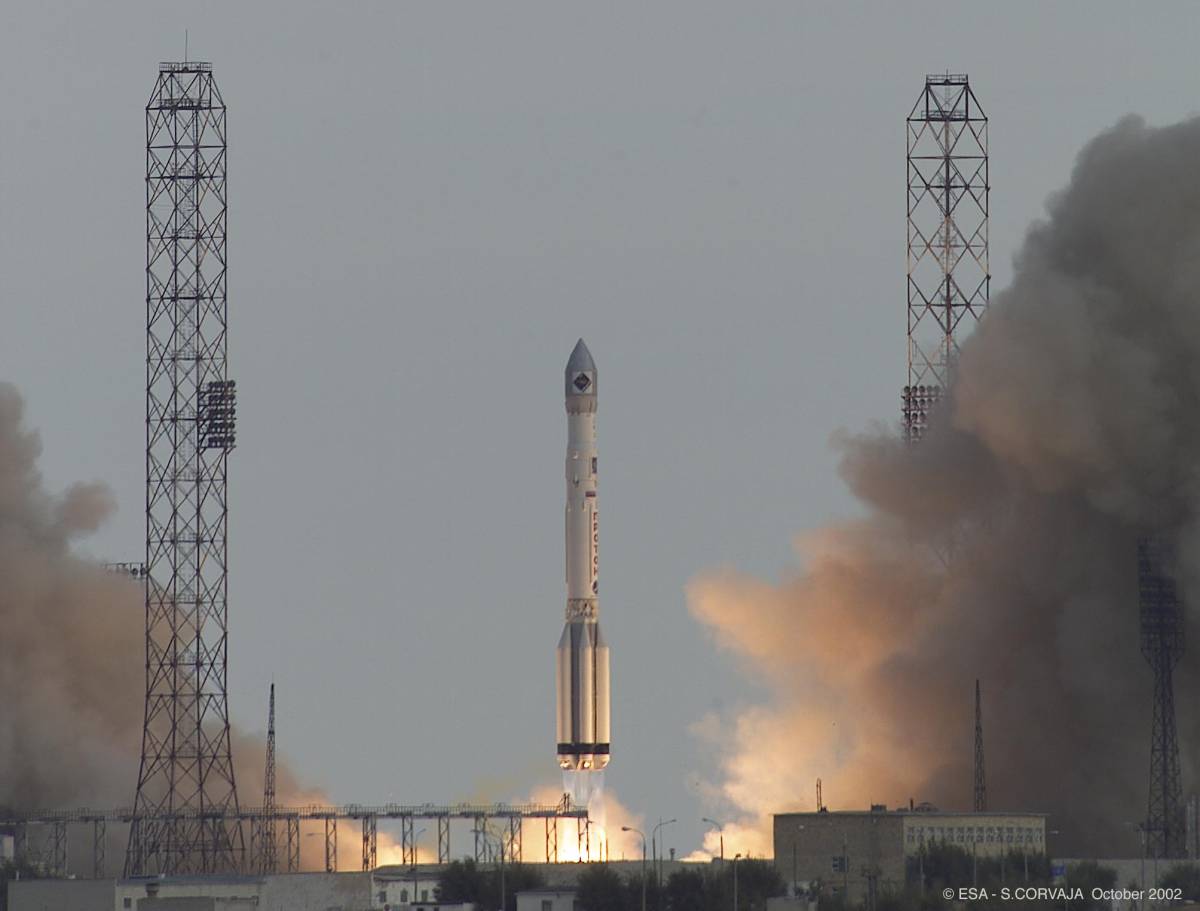
|
French version |
 |
| Integral planning | Revolution reports | Radiations belts |
| Integral's latest news | Integral Science & Technology | ESA Integral page |
| Astronomer's Telegram | ISDC shift team page |
| Welcome to the homepage of Philippe Meynis de Paulin, former data operator for the mission INTEGRAL
After almost 18 years as a data processing operator for the Integral Satellite mission, I retired in April 2020. I want to thank all teams and people who helped me and assisted me during all these years. In particular: Carlo Ferrigno and Enrico Bozzo, my coordinators, former coordinator Nami Mowlavi, the H/W and S/W teams for helping me on many issues, and the Darmstadt MOC team (Mission Operation Center), especially Stefano De Padova with whom I was mostly in contact. And many thanks to everyone who helped me in every other way. Growing up in the suburbian town of Meudon (Hauts-de-Seine), home of the well-known French observatory, perhaps sew the interest for astronomy, since I participated for more than 18 years to the Integral Satellite mission (an ESA mission) at ISDC . The ISDC is a part of the Geneva Observatory.
Integral was launched on 17 October 2002 from Baikonour. It follows an elliptic
orbit, with an apogee at about 153'000 km from the Earth and a perigee (closest
point to the Earth) at about 9000 km (see how is the orbit at Heavens-Above). It approximately completes an orbit around the Earth in 2
days and 15 hours. Its purpose is to observe the
deep sky in the X-ray and Gamma ray bands.
The satellite has several instruments working in the following fields:
After more than 20 years of delivering data, Integral has been able to observe many Gamma-ray bursts
(GRBs) and about 100 new gamma-ray sources per year. |
 |
| INTEGRAL Science Data Center (ISDC) 16 Chemin d'Ecogia, 1290 Versoix, Switzerland Tel.: +41 22 379 21 73 ("the barn") |
 Galactic center as seen by Integral |

Artist's view of Integral's Earth observation |

Preparation before launch |
|
| INTEGRAL Picture of the Month | ||||
| Article about Integral's discovery of a new X-ray nova |
| About ECOGIA: a few
historical notes
|
Page created: Nov 10, 2003 / last updated: August 28, 2023
